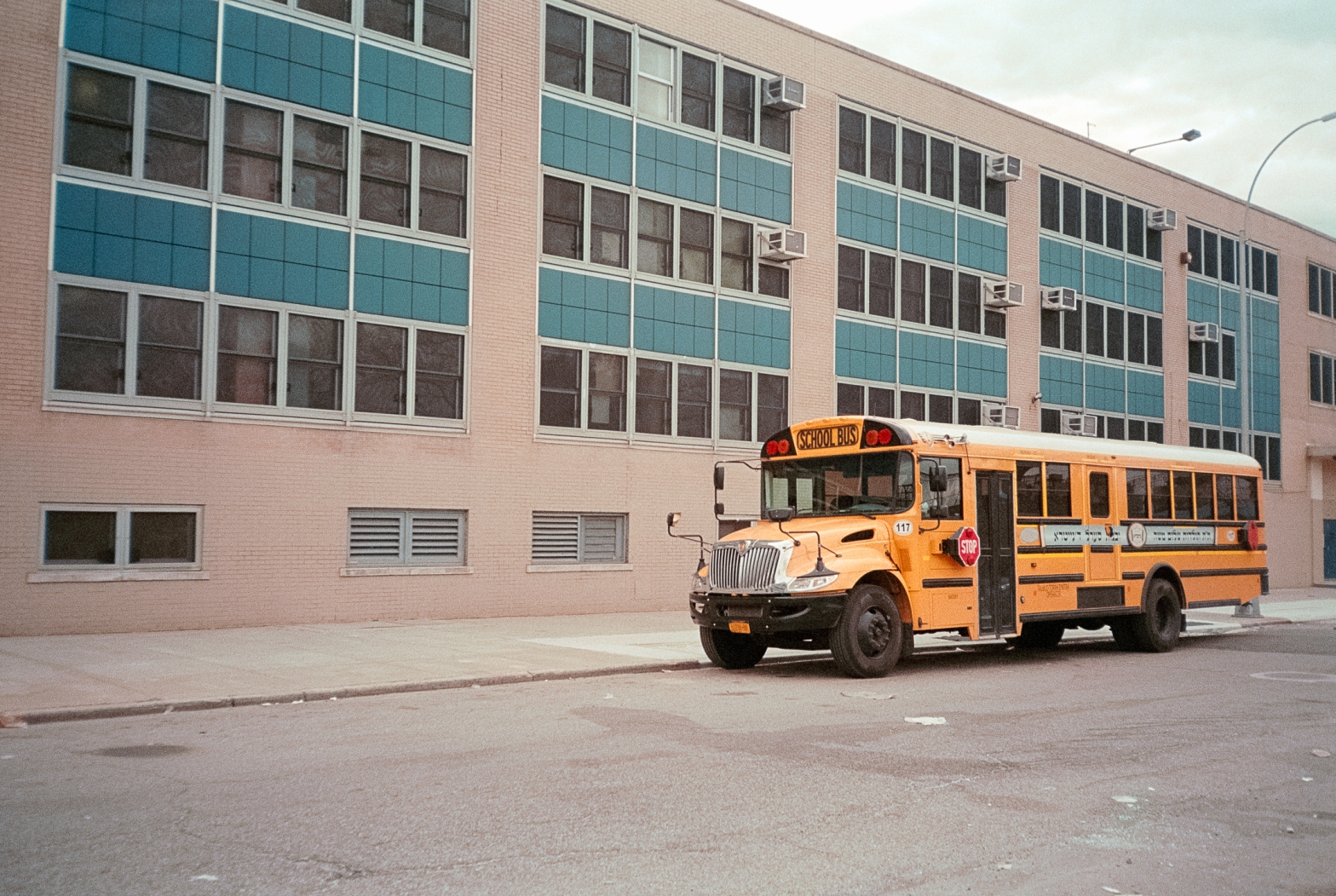by Danny Neuman (United Federation of Teachers, personal capacity)
On May 19th, the American Arbitration Association finished tallying the results of the 2022 United Federation of Teachers (UFT) leadership election. The election occurred against the backdrop of record high job dissatisfaction among school staff, much of which is due to failures among government and administrators to mitigate the harm from the pandemic to student learning and wellbeing. Dissatisfaction among educators over their working conditions has been compounded by the current union leadership’s apparent unwillingness to fight for healthy teaching and learning conditions. The current contract is set to expire in September, meaning the newly elected leadership will play a big role in negotiating the next one.
The incumbent leadership is made up of the Unity caucus, which has remained in power since the union’s inception in 1960. Opposing Unity was United for Change (UFC), a coalition of progressive caucuses running campaigns and candidates to make the union more democratic. Unity mostly remained in power with 66% of the overall vote; however, UFC won the high school division with 55% of the vote. Overall, Unity’s dominance has been declining, and their election margin has been shrinking since 2010 when the current president Michael Mulgrew won 91% of the vote. These changes may represent a shift in consciousness and priorities among the rank and file, but voter turnout remains a significant roadblock as only 26% of eligible members voted.
Unity’s main claim-to-fame is their experience running the union and the contract gains negotiated under their leadership. However, their term has been recently characterized by an overall decline in working conditions and ineffectiveness in fighting for teachers’ and students’ interests during the pandemic.
The most recent contract was negotiated in 2018 without the input of rank-and-file educators. The negotiating committee was appointed by the Unity caucus during the summer of 2018 while teachers were away from work. The negotiating committee was forbidden to discuss the proposed contract with rank and file union members. The ratification was rushed through over a period of 2.5 weeks in the summer, months before the previous contract was set to expire. This prevented educators from having the time necessary to analyze the contract and mobilize any sort of opposition.
Many educators were critical of what was seen as givebacks in the current contract, including giving up the right to seniority transfers, losing significant protection for retirees regarding healthcare costs, and meager wage increases which do not keep pace with inflation.
More recently, teachers were forced during the spring break of 2020 to work without pay. Although the Unity caucus was later able, through arbitration, to win back those days as vacation days, many considered this resolution unsatisfying, including recent retirees who would have no use for an extra vacation day. The lack of a remote learning option during the Omicron wave in January, despite absence rates from students and staff ranging between 30-50%, likely contributed to the spread of the virus, while worsening already difficult learning conditions. When asked, many educators feel the Unity union leadership is not doing enough for them and that the union isn’t as aggressive in fighting for demands as it once was.
The United for Change coalition spearheaded a platform including smaller class sizes and more staff, good pay and benefits, fighting corporate interests in education and healthcare, and empowering rank-and-file union members and school communities to make decisions about our school system. The union model UFC advocates for is called an “organizing model”, which prioritizes rank-and-file engagement in decision making. This is opposed to Unity’s “service model”, where the union is thought of as a separate organization that makes decisions “for you”. Under Unity’s model, many of the union leaders no longer work in classrooms and make far more than the average educator, including Michael Mulgrew, the union president, whose salary reaches $275k per year. In comparison, the median salary of teachers represented by UFT is $73,438/year.
Unity’s current leadership also offers unilateral support for political candidates without polling the membership. Under a more democratic union model, members may gain more say in the political causes their union endorses, and this may lead to a union that better represents the interests of its members. This could be an important first step to help break the union away from endorsing and funding the two corporate parties—the Democrats and the Republicans—and instead put dues and union resources into helping build an independent workers’ party.
Given worsening conditions for educators and workers as a whole, it may seem surprising for the voter turnout to be as low as 26%. Voter turnout in UFT elections has gradually declined over the past decade as well. Low voter turnout typically benefits those already in power, and can indicate various forms of voter suppression. For instance, there was no option to vote electronically, and members had very little access to information about the candidates and the voting process. Many union educators are simply too overworked to give thought to the election at all. Voter turnout should be a major issue in modern-day union politics for rank-and-file members to take back control of their unions.
The fight for better conditions is gaining momentum across the labor movement, including the ongoing union drives at Amazon and Starbucks. This spring, Teamsters members voted a reform caucus into leadership that promises a strike at UPS to win a strong contract. If UFT members want to win our demands, we have to organize for union democracy and bring back powerful workplace actions like informational pickets, walkouts, and strikes.
Reform caucuses must campaign in the workplaces to end concessionary contracts and fight for real improvements. Candidates whose campaigns stand for and organize for these demands would be capable of building enough support among union members to replace the current concessionary leadership. Union members will participate in elections and workplace actions if they see their unions fighting for their interests. By continuing to campaign for good contracts and the fighting tactics necessary to win them, the union will be in a position to win real improvements instead of negotiating away educators’ pay and benefits.
Image Credit: Zach Korb via Flickr // (CC BY-NC 2.0)

